Results
-
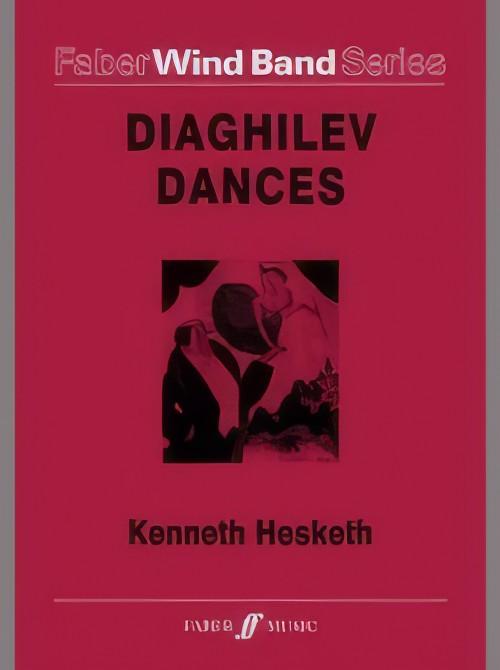 £125.00
£125.00Diaghilev Dances (Concert Band - Score and Parts) - Hesketh, Kenneth
As a young musician, Hesketh was spellbound by the sounds and colours of the ballet music commissioned for the Ballets Russes company by Serge Diaghilev, the great ballets by Stravinsky, Debussy, Ravel and Prokofiev.Diaghilev Dances is Hesketh's homage to this great legacy, which he describes as a miniature ballet consisting of an introduction, three dances and three entr'actes.
Estimated dispatch 7-14 working days
-
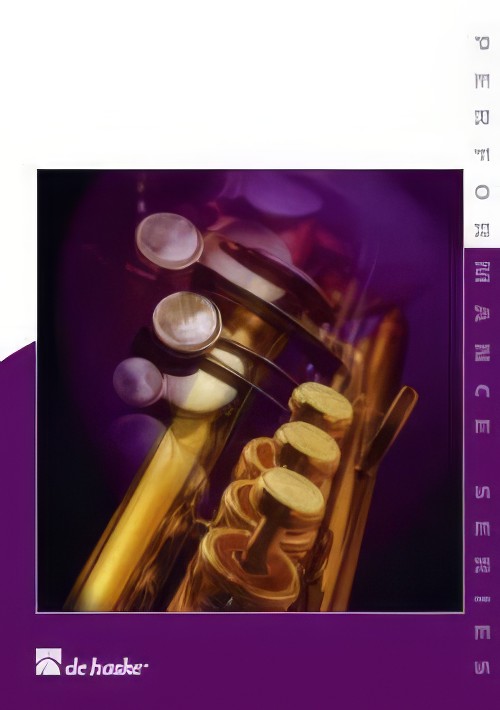 £74.99
£74.99Gavotte (Concert Band - Score and Parts) - Handel, George Frideric - Watkin, Andrew
The Gavotte is an old dance that is used by most of the baroque composers such as Bach and Handel. This gavotte, composed by Handel, has been expertly arranged for young band by Andrew Watkin.Duration: 2:00
Estimated dispatch 7-14 working days
-
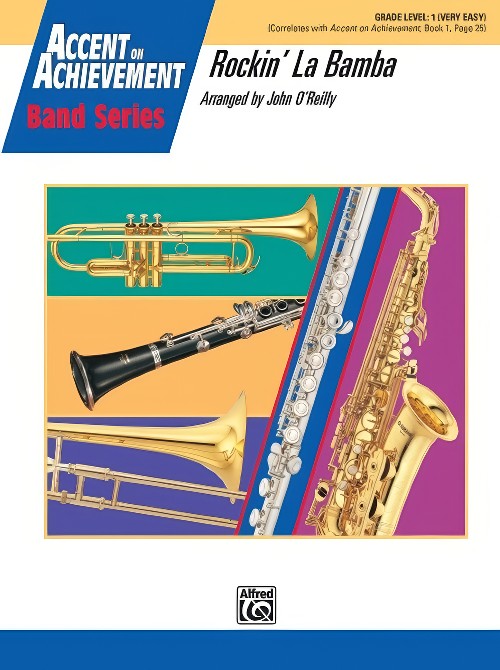 £45.95
£45.95Rockin' La Bamba (Concert Band - Score and Parts) - O'Reilly, John
Almost everyone is familiar with this tune made popular by Ritchie Valens and then by Los Lobos. Now your young band can play this tune expertly arranged by John O'Reilly. This is a great piece for teaching easy syncopations and pop style, while every section gets a chance to shine as they handle the famous melody. A great selection for the end of year concert. Duration: 1.45
Estimated dispatch 7-14 working days
-
 £48.95
£48.95Legacy March (Concert Band - Score and Parts) - Hodges, Steve
You'll find yourself humming this catchy march over and over! Beginning with a fanfare in the trumpets, horns, and saxophones, the low brass soon enters followed by the woodwinds playing a countermelody. The march tune is introduced by the trumpets and saxes, then turned over to the winds. The B section brings a quieter mood, followed by a return of the A theme with a brief coda that brings the piece to a grandiose conclusion. A fantastic addition to the march repertoire. Duration: 2.45
Estimated dispatch 7-14 working days
-
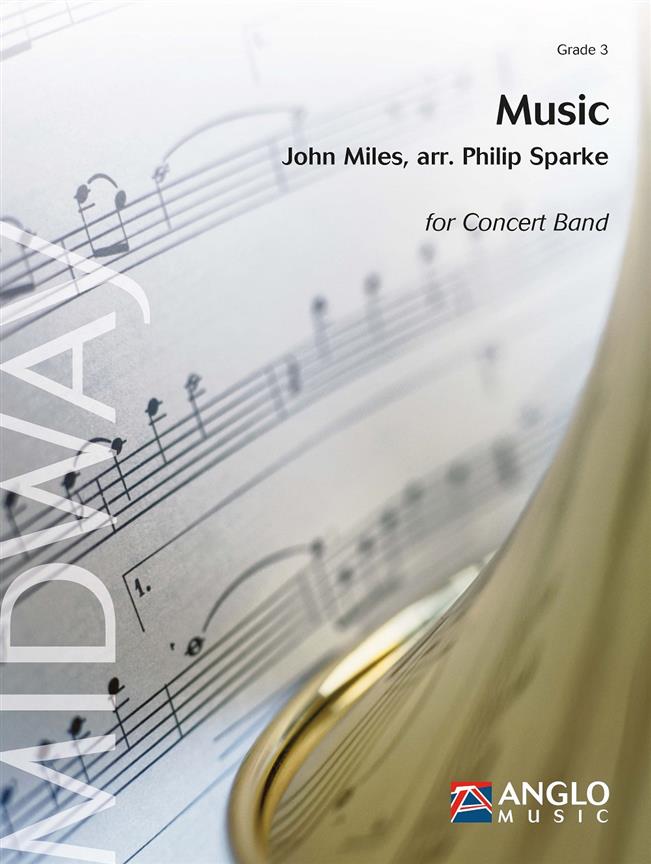 £106.99
£106.99Music (Concert Band - Score and Parts) - Miles, John - Sparke, Philip
Born in Jarrow, northeast England, in 1949, John Miles was something of a child prodigy, learning the piano from the age of five. In the early '60s he persuaded his father to buy him a guitar and by the end of the decade he had joined a semi-professional band, The Influence. The group soon disbanded and by 1969 Miles was recording with his own group, The John Miles Band, releasing a dozen singles in the early '70s. In 1975 Miles decided to move to London and secured a deal with Decca Records. By October that year, a newly formed band, John Miles and Co, had released their debut single, Highfly, but their greatest hit, which stormed the British charts in March 1976, was Music.Duration: 6.00
Estimated dispatch 7-14 working days
-
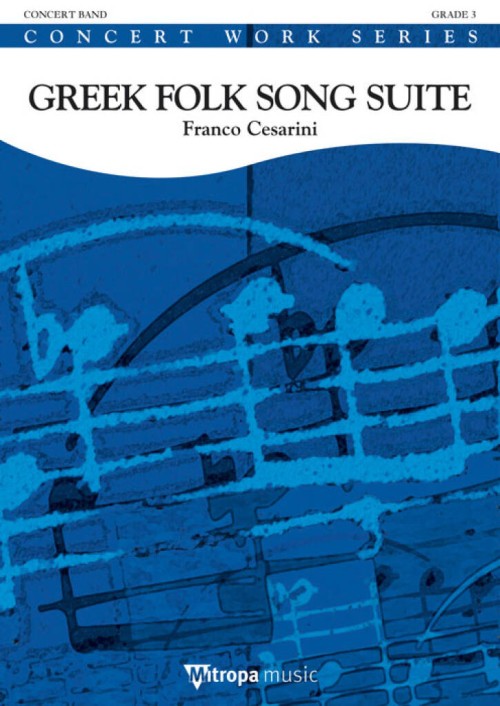 £154.99
£154.99Greek Folk Song Suite (Concert Band - Score and Parts) - Cesarini, Franco
Greek folk music is characterised by the sound of the 'buzuki' which is often used in combination with the clarinet, the mandolin, the violin and various types of tambourines. In Greek Folk Song Suite, Franco Cesarini has elaborated on three songs belonging to this most ancient tradition. The first, O Haralambis, is in 7/8 time, a characteristic of a popular folk dance called kalamatianos. Originally, the song O Haralambis was sung to 'tease' during weddings with the text of the song refering to a young man who refuses to marry. The second movement, Stu Psiloriti, refers to an ancient song from the island of Crete. The third movement of the suite is based on the song Vasilikos tha gino and is characterised by the sirtaki, probably the most popular Greek dance outside of Greece. This is Greek passion portrayed by a concert band!Duration: 9:00
Estimated dispatch 7-14 working days
-
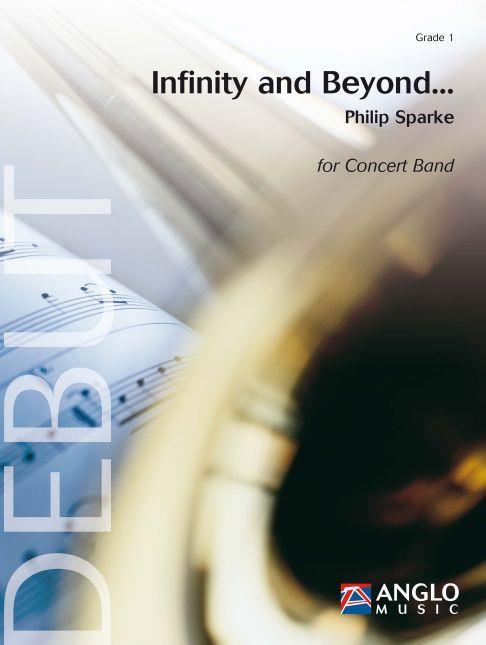 £68.99
£68.99Infinity and Beyond... (Concert Band - Score and Parts) - Sparke, Philip
The last decades of the 20th century saw man's first steps in space exploration. Since the first moon landing by Neil Armstrong in 1969, these adventures in outer space have captured the public's imagination and have given birth to scores of science fiction movies, books and TV series that have tackled the subject. Infinity and Beyond... takes as its inspiration the wonderful film scores of composers such as John Williams and Jerry Goldsmith, who have almost invented a style which could be called 'space music'.Opening with a rhythmic bass figure, Infinity and Beyond... begins with a robust introduction in 3/4, which leads to the main theme in 4/4, played by the full band. A short bridge passage, utilising the interval of a fourth, leads to a modal central section, featuring first the trumpets and then played by the whole band; this in turn leads back to a repeat of the introduction until the main theme returns to bring the piece to a close.Duration: 3:00
Estimated dispatch 7-14 working days
-
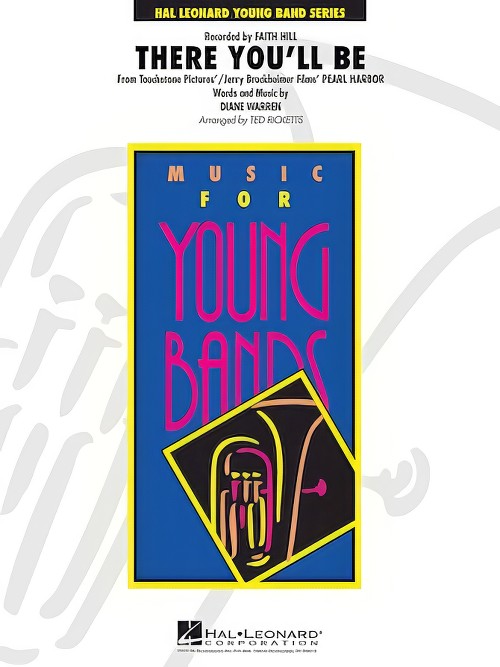 £57.50
£57.50There You'll Be (from Pearl Harbor) (Concert Band - Score and Parts) - Warren, Diane - Ricketts, Ted
This hit by super star Faith Hill is used in the blockbuster movie "Pearl Harbor" over the closing credits. Beautifully scored for band by Ted Ricketts, this moving arrangement can be performed alone or combined in medley fashion at the end of "Pearl Harbor Soundtrack Highlights" arranged by Jay Bocook.
Estimated dispatch 7-14 working days
-
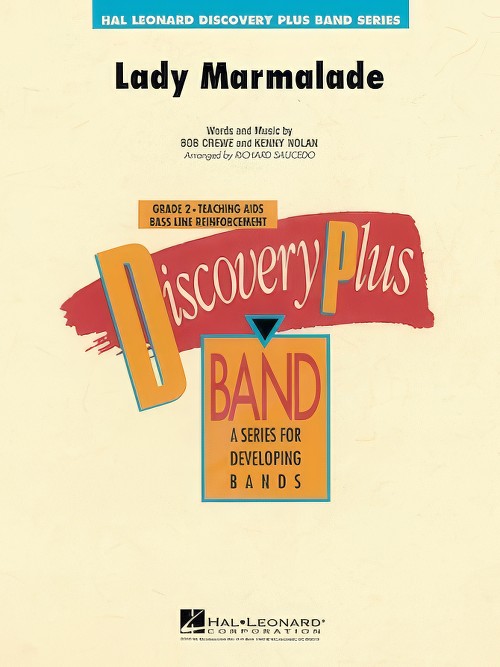 £53.50
£53.50Lady Marmalade (Concert Band - Score and Parts) - Crewe & Nolan - Saucedo, Richard L.
Originally recorded in the 70's by Patti LaBelle, the new version of this classic rocker recorded by Christina Aguilera, Lil' Kim, Mya & Pink is hotter than ever. From the movie "Moulin Rouge" this arrangement is very playable by younger bands and is sure to be a standout.
Estimated dispatch 7-14 working days
-
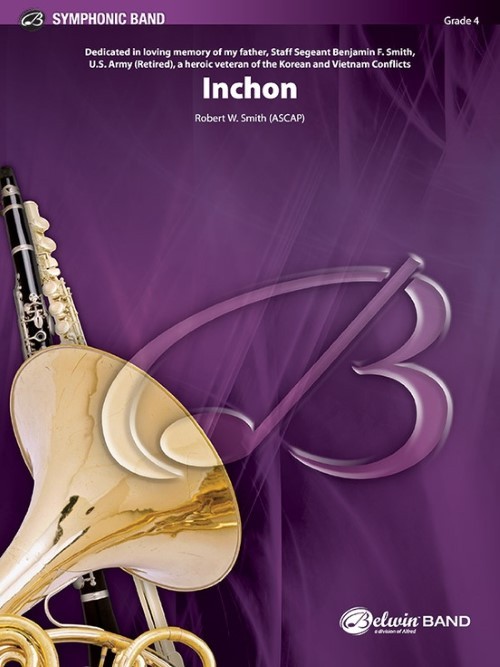 £79.50
£79.50Inchon (Concert Band - Score and Parts) - Smith, Robert W.
This work was inspired by the events surrounding the Inchon-Seoul campaign of the Korean Conflict and is dedicated to the composer's father, a Korean War veteran. You will musically experience the initial helicopter landing made by the 1st Marine Division and will remain awestruck with emotion by this work that commemorated the 50th anniversary of the Korean Conflict. Duration: 9.30
Estimated dispatch 7-14 working days
